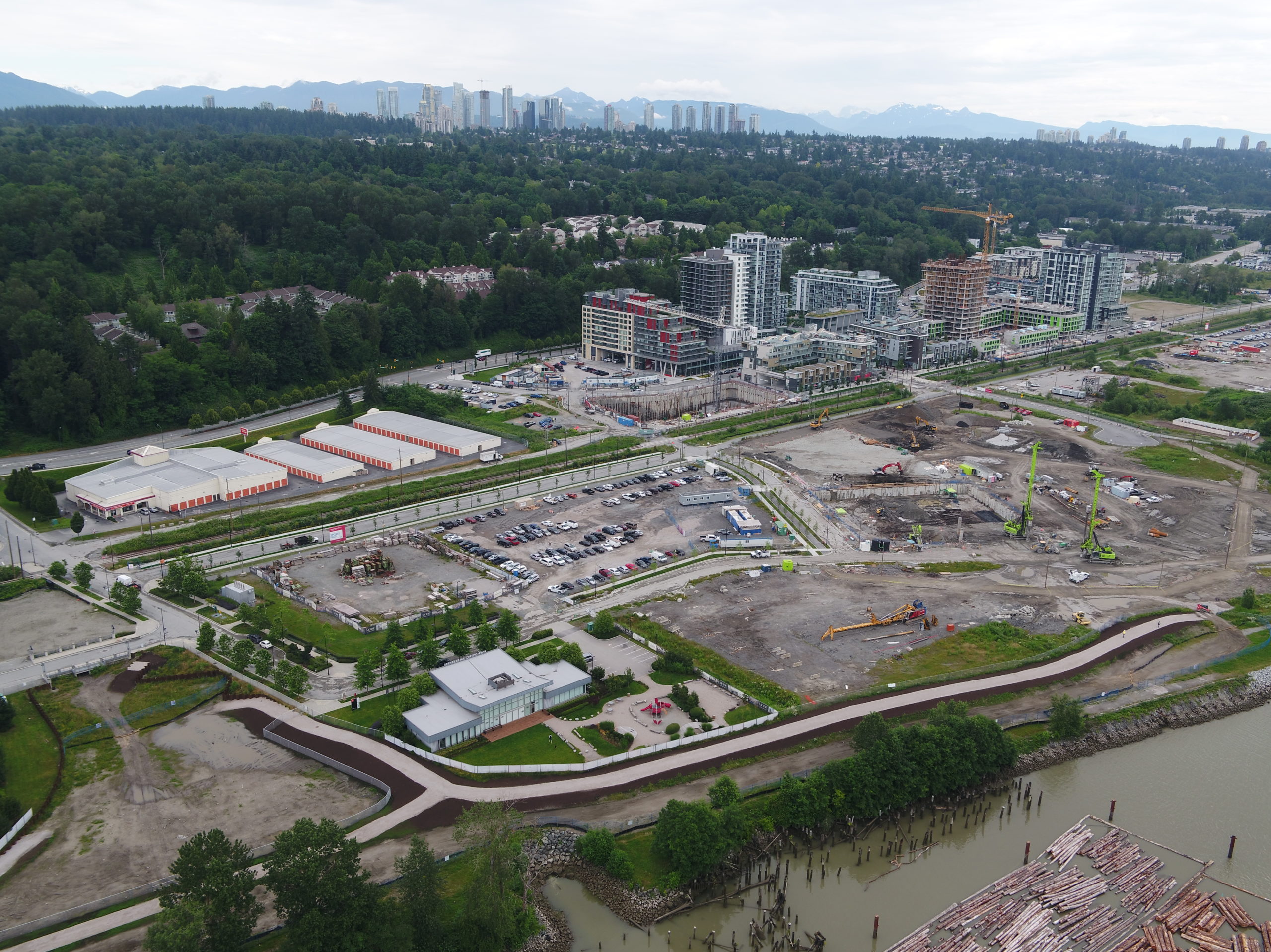No matter what on-site obstacles you might face with concrete construction, there’s no better way to overcome them than through hands-on experience. As a company with almost 50 years in the construction industry, we know just how important that is. And that’s no different for our Technical Services Technician Doug Adam who has spent more than a decade out in the field offering building professionals Smart Concrete® product application assistance. After all, with that kind of insight, you have the know-how to ensure concrete structures remain effectively durable and sustainable for the entirety of their life spans.
But getting that insight can take time, which not everyone has. That’s why we want to introduce our newest running series “Field Notes” hosted by Doug. Through it, Doug will share some of his building insights with you on topics like best construction practices, what to watch out for, and items to consider when planning for durable and sustainable concrete construction.
To start us off, we’ll be looking at what aspects affect your choice of concrete waterproofing.
Concerns regarding waterproofing selection can vary depending on a number of factors unique to the building being constructed. These include key factors like the local climate, an area’s geography and geology, and the application of a structure, which all play into design considerations. (It’s important to note that items like aesthetics and cost also have influence during the design stage, but these will not be included in this particular discussion.)
To see why these three factors play a key role, let’s look at them individually.
1. Local Climate
Depending on the local climate, waterproofing might be a key concern.
For instance, a temperate climate like the south coast of British Columbia (BC), Canada, is exposed to large amounts of rainfall. Such heavy rain leads to saturated ground that can maintain a steady hydrostatic pressure against a structure. This pressure can be sufficient enough to cause water infiltration in otherwise sound concrete and can lead to rebar corrosion or concrete fatigue. Both of which can cause enough damage that the concrete suffering from either may need repairs.
This particular climate also comes with freeze-thaw cycles and temperature fluctuations. Without the right protection, that can give rise to ongoing freeze-thaw cycles and thermal expansions and contractions, which can produce an extensive amount of cracking in concrete, especially if the concrete has a low-air-entrained mix.
Many address these particular climate concerns with an appropriate mix design and the use of admixtures meant to stabilize concrete.
But there’s also the dryer end of the spectrum to consider. With summers in the region becoming increasingly hotter, it’s becoming more common to select waterproofing materials that are capable of withstanding direct sunlight without drying out, blistering, or cracking.
2. Geography and Geology
The geography of a site can make a noticeable difference in water conditions when comparing foundations on higher or lower terrain. A building at higher elevation in downtown Vancouver will not be subject to the drainage of the buildings around it. Meanwhile, a building near the banks of the Fraser River will receive all the surface drainage from the slope above. That, in turn, leads to geology coming into play. The same building downtown is founded in a water-filled sandstone pit with no drainage and constant hydrostatic pressure. The building on the river’s edge is in soft, soggy soil and inside the tidal-affected zone with varying water levels.
3. The Application of a Structure
The application of a structure not only refers to a structure’s intended use but also its intended service life. An above grade parkade will not endure hydrostatic pressure and will likely be open to the elements while also receiving runoff from wet vehicles. Whereas a below grade basement with living space will be expected to remain dry and comfortable for occupants. And water containment structures such as those at wastewater treatment facilities will experience water on both sides of the walls that must be kept separate.
All these factors lead to a high-risk situation when deciding on which waterproofing materials to use. However, crystalline waterproofing products, with their resistance to UV exposure; future reactive capability; and ability to function even in contaminated water, have a clear advantage over traditional bituminous products in all of these situations.








